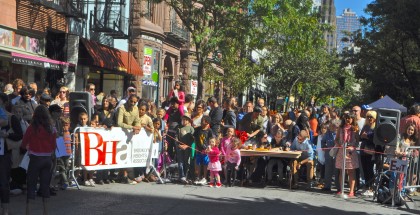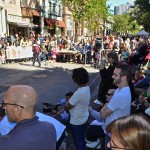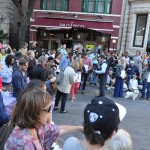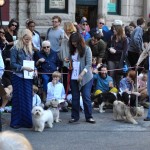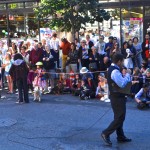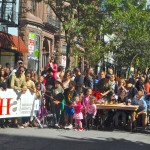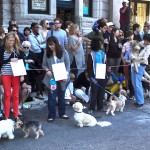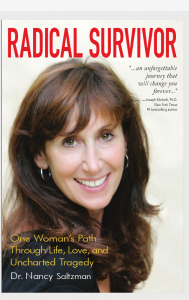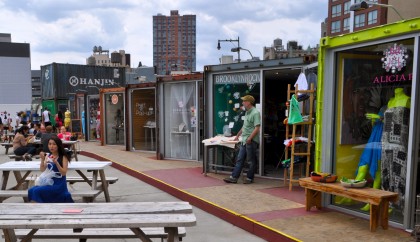
Dekalb Market, which was booted by development at its Downtown Brooklyn locale, will host a farewell party on Sunday, September 30, from 3-9 p.m. Among the features: an authentic Pig Roast hosted by modern Filipino food vendor Maharlika ($30 a plate), ping pong courtesy of party sponsor PUMA, and a bouncy castle for kids.
Throughout the afternoon and evening, live performances from Brooklyn-based artists will rock the public space, including psychedelic indie-pop band Monogold; funky indie-rocker Sinkane; vibrant dance-rock band Dinowalrus; and DJ sets by Thomas Millarney III and Jacob Gossett (collectively known as Beacon). There will also be raffle giveaways and specials/discounts from various food and retail shops.
The event takes place at Dekalb Market at 138 Willoughby Street and Flatbush Avenue. More info is here.
Source: Brooklyn Heights Blog
http://brooklynheightsblog.com/archives/48208

